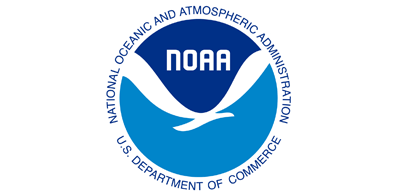Stream Restoration
Since the late 1980’s, the management of water resources in the United States has shifted towards a watershed approach. Watersheds are areas of land that drain to a common body of water. Watershed plans provide a strategy and work plan for achieving water resource goals for a geographically defined watershed. The watershed planning process uses a series of cooperative, iterative steps to characterize existing conditions, identify and prioritize problems, define management objectives, and develop and implement restoration, protection, and monitoring recommendations.
Pennsylvania Sea Grant provides leadership in coordinating watershed planning efforts, including the development of watershed plans, implementation of plan recommendations, monitoring of water resources, and the acquisition of geospatial data necessary to improve water resource management. Additional efforts focusing on restoring functionality to streams that have been impacted by human influences such as development, roadway constructions, and agriculture, and by natural influences such as extreme weather and flooding events.
Erosion and sedimentation caused by human activities are major contributors to poor water quality in the Great Lakes. Pennsylvania Sea Grant works to identify and restore impaired stream corridors by implementing various techniques such as riparian buffer conservation, enhancing adjacent vegetation quantity and quality, reducing steep slopes, and the construction of various in-stream improvements. The purpose of these improvements is to restore the function and self-sustaining behavior of the stream system that existed prior to any disturbance.
Pennsylvania Sea Grant efforts have resulted in preventing approximately 485 tons of sediment and potential pollution from entering Lake Erie, annually.



